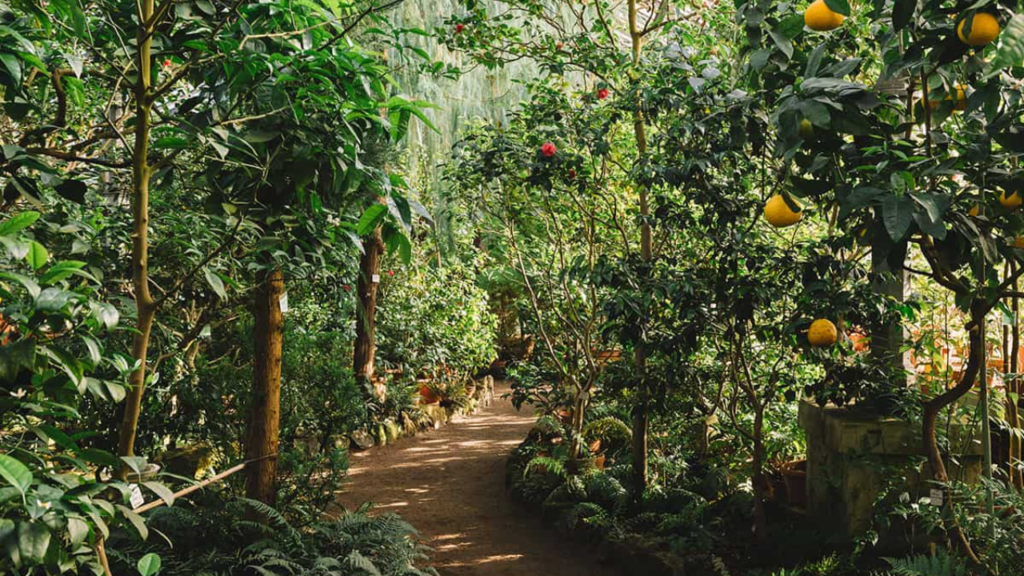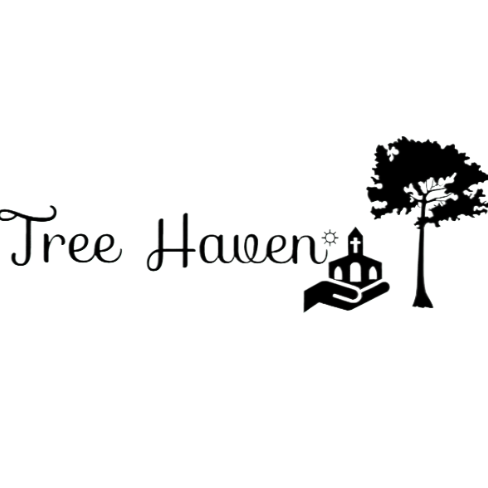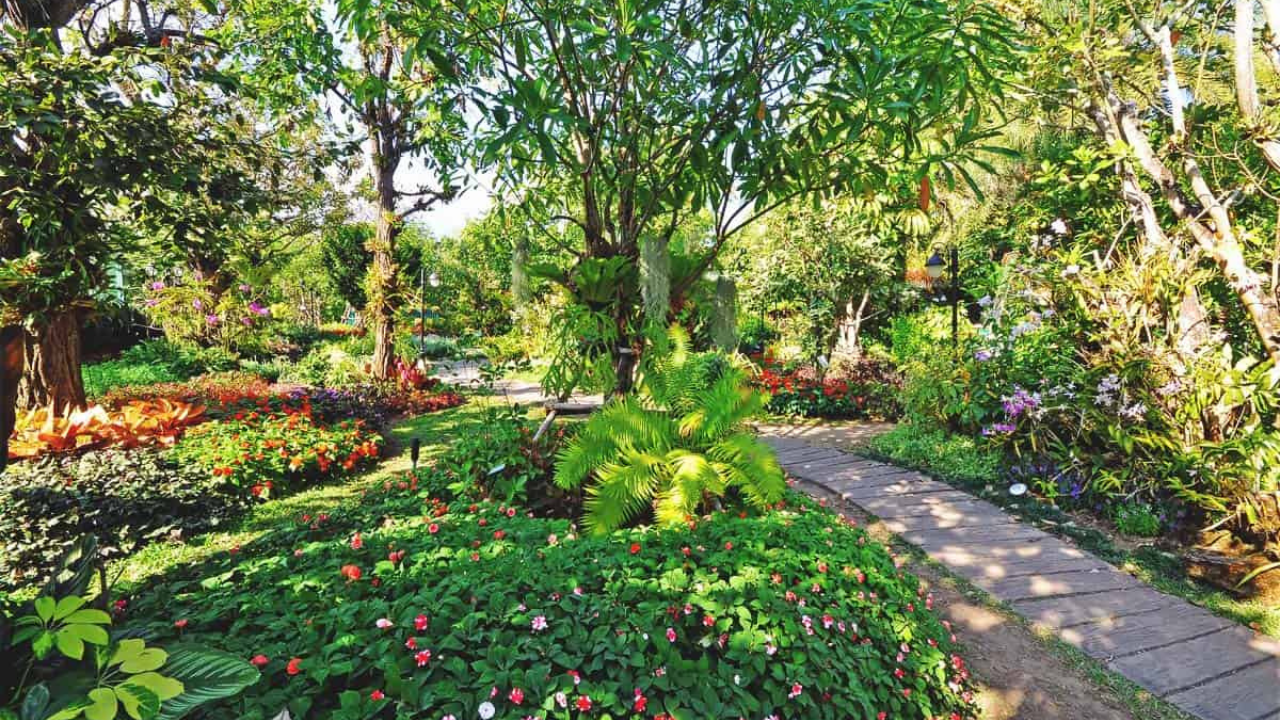Growing a food forest is one of the most rewarding and sustainable ways to cultivate food while enhancing the environment. Rachelle’s article, How to Grow a Food Forest for Free and Cheap, is a treasure trove of practical advice for anyone looking to create a self-sustaining, low-cost food forest. In this extended commentary, we’ll dive deeper into Rachelle’s tips, explore additional strategies, and discuss why food forests are a game-changer for sustainable living. Whether you’re an experienced gardener or a beginner, this guide will inspire you to transform your outdoor space into a thriving, edible ecosystem.
What is a Food Forest?
A food forest is a carefully designed ecosystem that mimics natural forests but focuses on producing food. It typically includes a diverse mix of fruit trees, shrubs, herbs, vegetables, and groundcover plants, all working together to create a self-sustaining environment. Food forests are not only productive but also environmentally friendly, promoting biodiversity, soil health, and water conservation.
Why Grow a Food Forest?
Rachelle’s article highlights the many benefits of food forests, including:
- Sustainability: Food forests require minimal inputs once established, making them a low-maintenance and eco-friendly gardening solution.
- Cost-Effectiveness: By using free or cheap resources, you can create a food forest without breaking the bank.
- Biodiversity: Food forests support a wide range of plants and wildlife, enhancing local ecosystems.
- Resilience: Diverse food forests are more resistant to pests, diseases, and climate fluctuations.
- Community Building: Sharing knowledge and resources with others can foster a sense of community and collaboration.
Rachelle’s Key Tips: A Closer Look
Rachelle’s article provides a wealth of practical advice for growing a food forest on a budget. Here’s a breakdown of her key recommendations, along with additional insights:
1. Start Small and Plan Carefully
Rachelle emphasizes the importance of starting small and planning your food forest carefully. Begin with a manageable area and gradually expand as you gain experience. Consider factors like sunlight, soil quality, and water availability when choosing your site.
2. Use Free or Cheap Resources
One of the standout features of Rachelle’s approach is her focus on using free or inexpensive resources. Here are some of her top suggestions:
- Seeds and Cuttings: Collect seeds from fruits and vegetables you already eat, or ask friends and neighbors for cuttings.
- Compost and Mulch: Create your own compost using kitchen scraps and yard waste. Use leaves, grass clippings, or straw as mulch.
- Community Resources: Check local gardening groups, online forums, or community gardens for free plants, seeds, and materials.
3. Choose the Right Plants
Rachelle recommends selecting plants that are well-suited to your climate and soil conditions. Focus on perennial plants, which require less maintenance and provide long-term yields. Some excellent choices include:
- Fruit Trees: Apples, pears, and cherries are great for the canopy layer.
- Berry Bushes: Raspberries, blackberries, and currants thrive in the shrub layer.
- Herbs and Vegetables: Mint, thyme, and kale can fill the groundcover and herbaceous layers.
4. Build Healthy Soil
Healthy soil is the foundation of a successful food forest. Rachelle suggests improving soil quality by adding organic matter, such as compost or manure, and using mulch to retain moisture and suppress weeds.
5. Embrace Diversity
A diverse food forest is a resilient food forest. Rachelle encourages planting a wide variety of species to create a balanced ecosystem that supports pollinators, deters pests, and maximizes yields.
Additional Strategies for Success
While Rachelle’s tips provide a solid foundation, here are a few more strategies to consider:
1. Use Permaculture Principles
Permaculture is a design philosophy that emphasizes working with nature rather than against it. By applying permaculture principles, such as observing and interacting with your environment, you can create a more efficient and sustainable food forest.
2. Incorporate Nitrogen-Fixing Plants
Plants like clover, beans, and peas add nitrogen to the soil, improving fertility and reducing the need for synthetic fertilizers.
3. Create Microclimates
Use rocks, logs, or other natural materials to create microclimates that protect plants from wind, retain moisture, and regulate temperature.
4. Involve the Community
Growing a food forest is a great opportunity to connect with others. Organize workshops, swap plants and seeds, or collaborate on a community food forest project.
5. Be Patient and Persistent
A food forest takes time to establish, but the rewards are well worth the effort. Stay patient, learn from your mistakes, and celebrate small victories along the way.

The Benefits of Food Forests for Outdoor Activities
Food forests aren’t just about growing food—they also enhance outdoor experiences. Here’s how:
- Camping & Outdoor Living: Food forests provide fresh, organic produce for campfire meals and outdoor gatherings.
- Hiking & Trekking: A food forest can double as a scenic trail, offering a unique blend of beauty and functionality.
- Nature Photography: The diverse plants and wildlife in a food forest create endless opportunities for stunning photos.
- Outdoor Fitness & Wellness: Gardening in a food forest is a great way to stay active and connect with nature.
Final Thoughts: A Greener, More Sustainable Future
Rachelle’s article is a powerful reminder that growing a food forest doesn’t have to be expensive or complicated. With creativity, resourcefulness, and a little hard work, you can create a thriving, sustainable ecosystem that provides food, beauty, and environmental benefits for years to come.
So, whether you’re a seasoned gardener or a complete beginner, take inspiration from Rachelle’s advice and start your food forest journey today. Together, we can cultivate a greener, healthier, and more sustainable future—one tree, one shrub, and one plant at a time.
-
The Missing Link in Protecting Forests
Spread the loveForests are the lungs of our planet, vast ecosystems that sustain life in ways both seen and unseen. They provide oxygen, store carbon, regulate climate, and offer homes to countless species of plants and animals. For those of us who camp beneath their canopies, hike their winding trails, or photograph their breathtaking beauty,…
-
Edible Container Gardens: Bloom Beauty and Benefits
Spread the loveIn a world where space is often at a premium and sustainability is a growing priority, edible container gardens offer a perfect blend of practicality, beauty, and bounty. These miniature ecosystems bring the joys of gardening to urban balconies, small patios, and even windowsills, proving that you don’t need a sprawling backyard to…
-
Gardening Tips: How to Get Kids Involved
Spread the loveGardening is more than just a hobby; it’s a gateway to learning, creativity, and a deeper connection with nature. For parents, grandparents, or educators, involving kids in gardening can be a rewarding experience that fosters responsibility, patience, and an appreciation for the environment. Whether you have a sprawling backyard or a small balcony,…


Leave a Reply